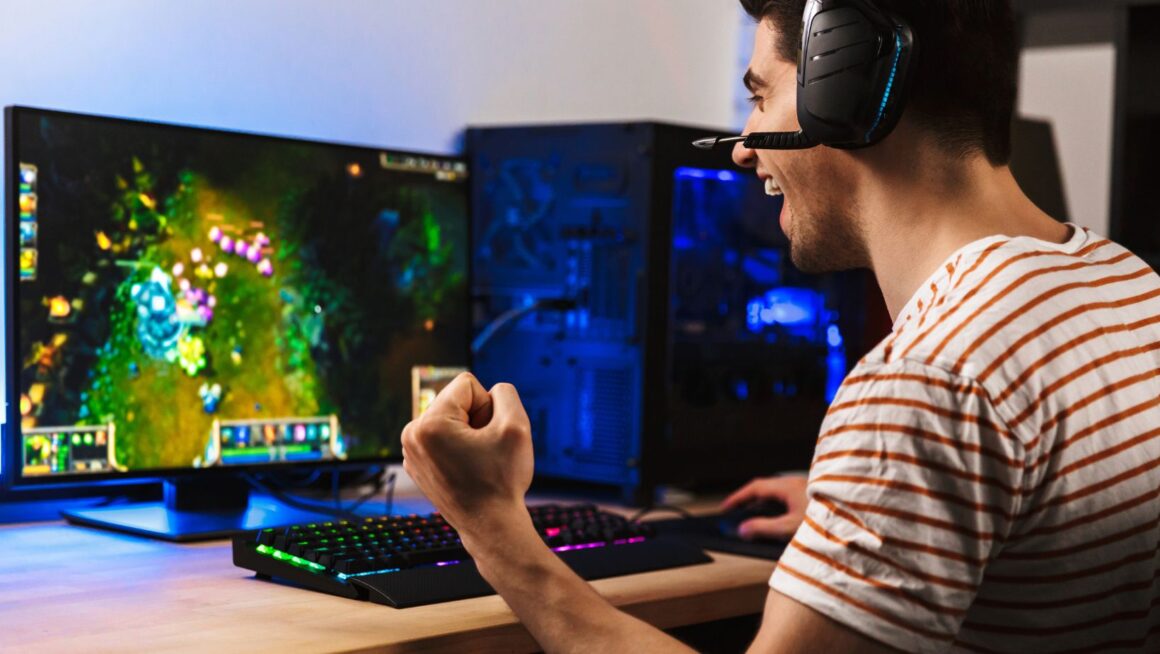
Most studios talk about visuals. Kevuru Games talks about what happens after the visuals – when the model hits the engine, when the animation runs for the first time, when the player actually touches the world. That’s the real test.
This philosophy was tested through over a decade of experience with a variety of projects. Born in Kyiv, Kevuru Games has lived a lot, and now has spread its offices over to Europe and the US. Many 3D teams create art. Kevuru builds art that works.
Beyond Pretty Pictures
Every gamedev studio knows how to make something look good in a portfolio. What sets Kevuru apart is how deeply its artists and developers understand the practical side of game production. Every piece of art – from the smallest prop to a full stylized environment – is built with gameplay, optimization, and engine behavior in mind.
This mindset didn’t appear overnight. Kevuru grew from a small internal art team into a production powerhouse trusted by global publishers. The studio’s 3D leads, including Head of 3D Department Olga Andrianova and Art Director Ivan Anoshkin, both came up through hands-on work on live games. They’ve lived through engine crashes, late-night re-exports, and pipeline rebuilds. That’s why the team designs for real production – not for render shots.
Building Art That Performs
A good example is Kevuru’s approach to game design prototyping. Instead of creating assets in isolation, the team builds test scenes directly in Unreal or Unity to see how models interact with lighting, camera movement, and gameplay mechanics. If a piece looks great but slows down the frame rate, it’s reworked immediately.
This iterative, production-driven workflow allows developers to avoid the “perfect but unusable” trap. Artists at Kevuru Games think like level designers. Every model has a purpose. Every polygon has a reason to be there.
Technical Collaboration as an Art Form
Clients often come to Kevuru for video game design services, but what they actually get is something broader – a partnership that merges technical precision and creative vision. The studio’s teams don’t just deliver ready assets; they plug into ongoing projects, helping optimize pipelines, improve shaders, or re-think how environments are built.

That makes Kevuru a trusted partner for game design outsourcing, especially when deadlines are tight or internal teams are overloaded. The company’s communication system mirrors in-house collaboration: version control, live engine previews, and QA testing built into the delivery process. It’s one of the reasons major publishers – including several under NDA – quietly rely on Kevuru for the most complex or confidential visual tasks in their top-grossing titles.
Real Integration, Not Just Production
It’s easy to forget that 3D art doesn’t live on its own. A weapon must fit an animation rig. A character has to align with gameplay mechanics. Kevuru’s artists work hand-in-hand with developers, animators, and designers from day one. That’s not typical outsourcing – it’s game design solutions in motion.
For example, during a recent fantasy RPG project, Kevuru built stylized weapons and environments optimized for animation and combat systems in Unreal Engine. Each piece was tested in motion to ensure readability and fluidity during gameplay. The result was a seamless integration of art and interaction – exactly what modern players expect.
Thinking Like a Developer, Acting Like an Artist
That dual mindset – half artist, half engineer – defines Kevuru’s difference. The team is just as fluent in topology, shaders, and draw calls as they are in color theory or composition. This blend allows them to speak the same language as both art directors and technical leads.
It’s also why the studio’s clients keep coming back. They don’t need to explain every step or correct technical flaws. Kevuru anticipates them. It’s rare for a game design agency to combine artistic vision with such production maturity – most are one or the other.
The Projects You Know – And the Ones You Don’t
Kevuru’s name appears in credits for games millions have played, and in a few they can’t talk about yet. Some of their most striking work sits behind strict NDAs for AAA and large-scale mobile titles. You might not see the name on the box, but you’ve probably seen the art.
That’s the paradox of a great outsourcing partner: the better the integration, the more invisible the work becomes.
